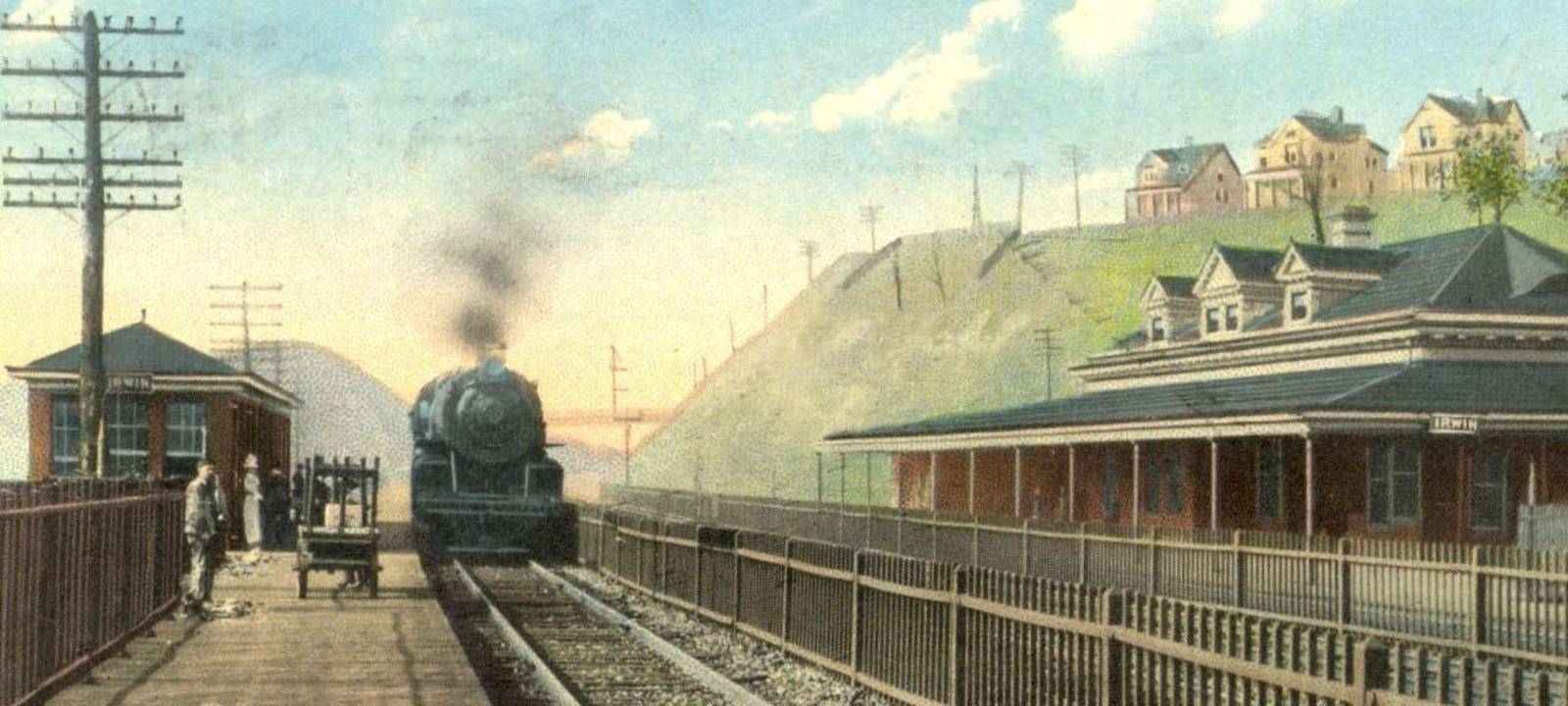A History of the Norwin School District, Part Four

This is the fourth in a series of articles about the history of Norwin and its school system, written by Dr. Ronald B. Surmacz with original research by C.C. Pearsall.
From 1890 to 1916, the high school in Irwin occupied rooms in the red brick elementary school building which was located on the site where Sixth Street School stood. The first four-year class graduated in 1899. In the interval between 1900 and 1906, the course offered to students may have been shortened to three (3) years, with distinct names given to the three (3) upper classes: juniors, middlers and seniors. In the fall of 1906, the name freshman was used for the first time by the class graduated in 1910.
The Pennsylvania School Code adopted in 1911 required each district to provide a four-year high school course for all its pupils. This increased requirement caused an increase in enrollment, particularly from students from outside districts who did not have a high school. The crowded quarters which resulted made it necessary for the district to consider erecting new schools. Opinion was divided over whether the two (2) districts involved, Irwin and North Huntingdon Township, should provide separate schools or whether the best interest of the students would be served by a union school.
After considering the matter for several years, the school districts decided to erect and maintain a joint high school, bowing to the wishes of the majority of the community. The agreement was signed February 6, 1915 and a permanent organization effected on February 27, 1915 with the appointment of D. M. Wagoner, S. D. Hamilton and John Kuder from the Irwin School Board and Otis Warnock, C. L. Herbster and E. G. Cope from the North Huntingdon Township School Board to the joint group. Mr. Wagoner was elected President, Mr. Warnock was named Vice-President and Mr. Herbster was selected to be secretary. When they were re-elected in July of 1915, J. B. Cunningham was chosen as treasurer.
On March 13, 1915, Mr. G. M. Eckles was employed as architect. Preliminary plans were prepared for a building 132 feet by 100 feet. The building was to be a slow-burning type with fireproof corridors and stairways, with the cost not to exceed $70,000.
On March 30, 1915, a tract of 11.85 acres of land was purchased from Mrs. Eliza Cheeseman for $15,000. One of the reasons for the selection of this particular area was that parts of this tract lie in both districts. On May 25th, the general contract for the building was awarded to J. E. Myers for $51,327. The cornerstone for Norwin, whose name was formed by the three (3) letters of each district, was laid September 6, 1918 by the Grand Lodge F and A. M.
Meanwhile, Thompson School was built in 1896. It was named for Henry Thompson, a mine foreman at the Robbins Station No. 7 Mine, whose interests in obtaining better educational facilities for the children of the miners living at Guffey, was primarily responsible for its construction. Prior to 1896, the children who lived along Guffey Road had to attend the Point Pleasant School, oftentimes necessitating a three (3) or four (4) mile walk to and from the school. Thompson School was typical of the schools of the day - a frame building with recitation benches at the front, shelves for lunches at the rear, and a coal stove in the center.
PHOTO: “A Street Scene”, Irwin, Pennsylvania. Norwin Historical Society/Jean Soyke Collection.
